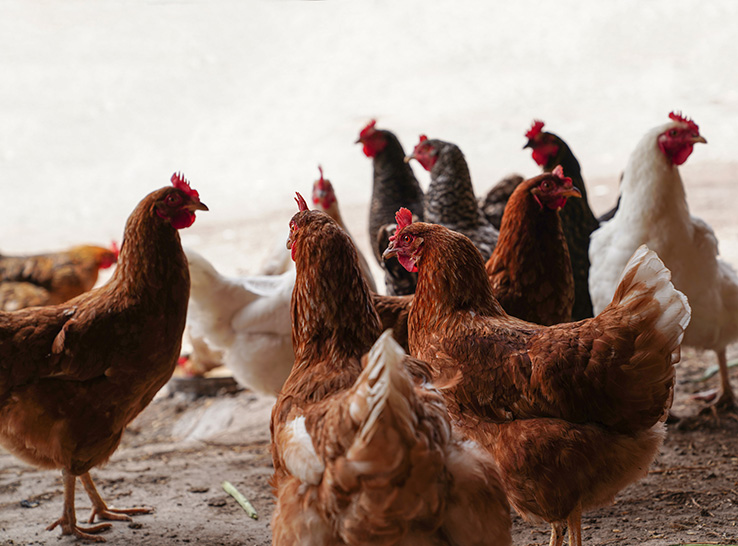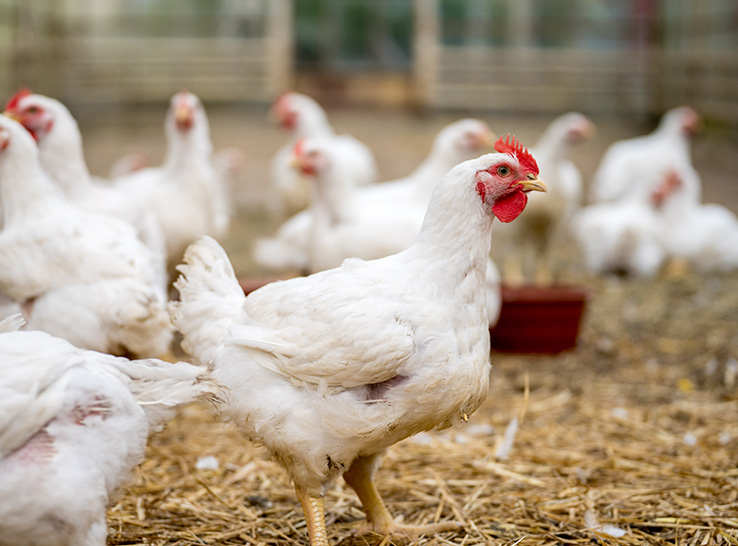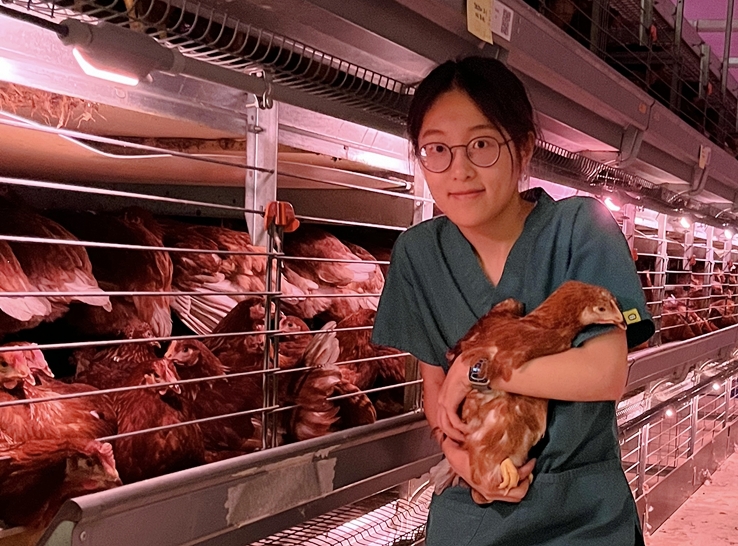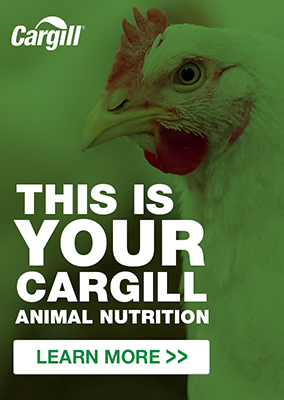Professor Kenneth Anderson has helmed North Carolina State University’s layer-management research program for close to 35 years, but his experience in the egg business goes back much further. Coming from an egg-farming family, he has seen a lot of change as the industry has gone from cage-free to cages and back again, putting him in a strong position to study how different management strategies, physical environments and genetic strains interact to influence layer productivity and egg quality.
In the following Q&A, Anderson discusses the advantages and drawbacks of cage-free production and how advances in genetics, nutrition and management are helping to mitigate challenges and improve productivity.
In your nearly 6 decades in the egg industry, we’ve seen production systems go from cage-free to cages and back again. What has driven these changes?
When we moved from cage-free to cages, we actually did it for the welfare of the birds. It reduced our disease propensity. Our internal parasite loads were basically eliminated. It also helped us with disease control and vaccinations. Essentially, it helped us be better managers and take care of the flock.
Now, there has been a shift back toward more extensive systems, including cage-free, free-range and enriched-colony systems. This trend is largely driven by consumer perceptions that these systems are higher welfare because they give the birds more space and more freedom to express their natural behaviors.
I believe all systems have their advantages and drawbacks. The truth is that every time you make a move, there are positive and negative ramifications to that shift, which need to be managed.
Let’s start with the positive: What benefits have we seen with the shift back toward more extensive systems?
One of the significant benefits we see with a lower density of birds — up to a certain point, anyway — is productivity in terms of the number of eggs per bird. In the early ’90s in the US, we were at 48 square inches per bird. At that time, a bird in 106 weeks of production was producing about 440 eggs.
Now we’ve moved up to 69 to 72 square inches per bird, and we’re at almost 540 eggs. So, in some 30 years, we’ve increased productivity on a per-bird basis by about 100 eggs. But can you attribute all the increase to space? No, because genetics and nutrition also play a role.
What are some of the genetic and nutritional advances that have contributed to these productivity gains in cage-free production?
Looking at genetics, breeder companies are striving for 100 weeks of continuous production, and that always leads to increased performance in the early stages. We’ve also learned that some strains are just better adapted to extensive environments — for example, brown birds seem to transition better from cages to cage-free than white birds. Genetics also play a role in resistance to bone damage, which is a greater risk in cage-free systems.
Regarding nutrition, having a better understanding of the interplay between calcium and phosphorus, which improves shell quality, has helped move us forward. Feed additives — including postbiotics, prebiotics, probiotics, phytogenics, phytase and other enzymes — help enhance digestion, subsequently improving protein absorption and energy utilization. Some of the advances in administering vitamins, such as encapsulation, have helped as well.
What are some of the challenges that have come with the move away from cages?
One challenge is genetics. In our research and in the field, we see that different strains of birds respond differently to the various production systems. Now we want birds to be more adaptive to more extensive environments — but we spent 75 to 100 years breeding those traits out of birds. So, that’s something the industry has been struggling with.
Another obvious challenge when you give birds more space is that while productivity per bird goes up to a certain point, productivity per square foot goes down. Feed efficiency is also poorer because when birds have more space to move around, they spend more energy on movement, muscle activity and, in some cases, foraging.
Therefore, you have to optimize the amount of space per bird, which can vary by breed. You also need to make nutritional adjustments because more active birds need more protein and energy to produce, say, a dozen eggs than caged birds.
You mentioned that one benefit of conventional cage systems is reduced disease propensity. What impact has the move toward more extensive systems had on animal health and disease management?
Now that we’re going back to cage-free, we’re seeing a lot of the internal parasite issues we had in the ’50s and ’60s, such as heterakis (caecal worms), roundworms and tapeworms. We also see a lot more coccidiosis with cage-free birds.
In the case of range production facilities, you can also have gape worms, which infect the trachea. We also have more exposure to other birds and other animals that carry disease. Especially once you start moving birds outside, like the entire organic system in the US and Europe, you have interaction with everything that’s outdoors.
At the same time, there’s been a move toward no antibiotics ever, and most of the effective dewormers are no longer available. So, now we’ve got to come up with new ways to mitigate these things.
Are there any alternative strategies that are proving effective for managing these challenges?
Some producers are trying diatomaceous earth and other natural methods, like oregano and other plant derivatives. Mind you, these measures are for mitigation, not elimination, but they do have an impact.
Feed supplements containing probiotics, prebiotics, phytogenics and postbiotics influence the gut microbiota. If they affect gut health, they’re going to impact what’s deposited in the feces and what’s on the egg.
We also know that the physiology of the gut and its interface with the immune system are linked to health and welfare. Thus, anything we can do to support a healthy gut and benefit the gut microbiota will help the bird perform better, utilize feed better and produce a quality egg. Any animal that’s not under stress produces a better, quality product, and that’s been fairly well-documented.
Finally, let’s talk about management. What are the key management practices that enable successful cage-free production, and what are the main areas for improvement?
Cage-free systems have challenges associated with floor eggs because the birds tend to break them and eat them. To mitigate these challenges and get the hens to utilize the nest, producers are learning that the pullet management systems must be similar to the ones in which they will produce eggs. Getting eggs in the nest areas improves egg quality and safety and helps minimize the bad habits of the hens eating and breaking the eggs.
This article is brought to Modern Poultry readers by Cargill Animal Health.
Editor’s note: Content on Modern Poultry’s Industry Insights pages is provided and/or commissioned by our sponsors, who assume full responsibility for its accuracy and compliance.








